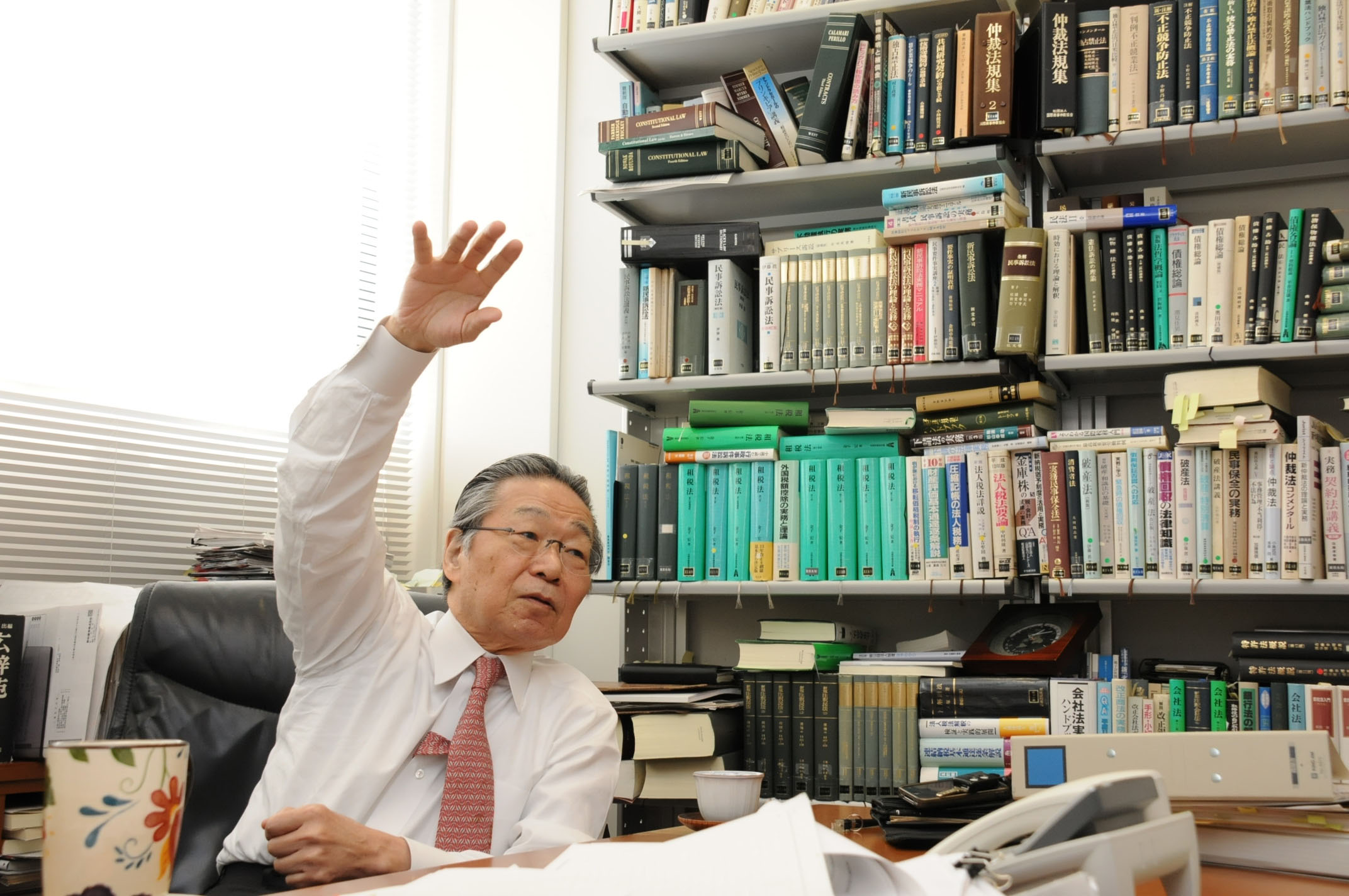On Dec. 14, 2012, two days before the Lower House election in which the Democratic Party of Japan headed by Prime Minister Yoshihiko Noda was eclipsed as the conservative Liberal Democratic Party swept back to power in a landslide, a one-page advert with a huge banner headline appeared in a vernacular newspaper.
In big kanji characters, it screamed: "An election in the state of unconstitutionality" — followed by a map of Japan showing how voters were discriminated against based on where they lived.
The map, for example, showed how on the island of Shikoku, a single vote in electoral district No. 3 in Kochi Prefecture carried the biggest "vote value," since it would take only 204,930 votes to elect a candidate there — compared with 481,954 votes in the Tokyo No. 1 district straddling the city center's Chiyoda, Minato and Shinjuku wards. In effect, the vote of a resident of Tokyo's No. 1 district was worth less than half (only 0.425 times) that of the vote of a resident of the Kochi No. 3 district.



